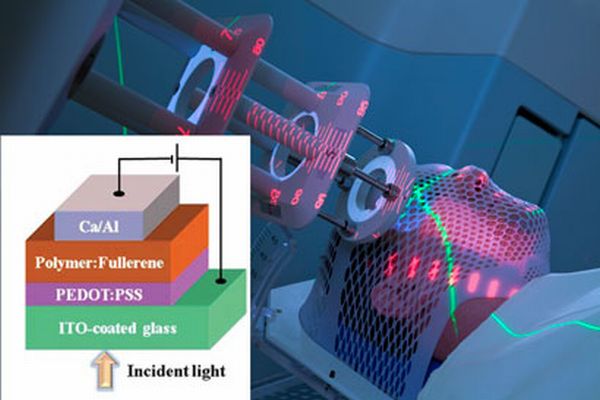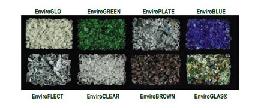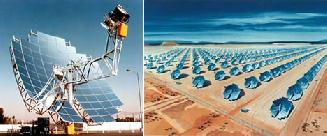
Technological advancement and development is versatile and has paved way for the application of nanorobots in various fields, particularly the medical world. The challenging world of medicines has created a huge demand for technically advanced tools which can cater to the needs of the experts in the industry. In this context, a research team has emerged with an organic nanorobot which can convert light energy to electrical energy, opening up opportunities for better application of medicines for salvaging human life.
A research team from National Chiao Tung University, Hsinchu, has come up with a potential solution for electrical source of power for wireless nanorobots. The object is an organic photovoltaic device (OPV). It transforms the near-infrared (NIR) light energy (finds common application in fiber optic telecommunication) of the sun to electricity. Fang-Chung Chen, who has a Ph.D. degree in materials science and engineering (University of California), and his team, has made the OPV which can be easily used within human body.
The near-infrared light has the character of easy penetration into human body tissues and has been used in the nano-robot technology. Chen has prepared this device in a manner to cater to the need of the surgeons and practitioners. The small size and design of the fiber gives it a sustained adaptability for the human body. Chen describes the excitement in his own words, which read as “Imagine that, with this approach, we might be able to use optical methods, non-intrusively, to trigger the electrical stimulation deep inside the body to inhibit pain or to control the disease directly”
Chen has done prior experiment with the device to gather information regarding its functioning under biological environment. The organic photovoltaic device was covered using 3mm layer of porcine skin and near-infrared light was excited. This experiment was done keeping the threshold limit to the maximum (which the human body can tolerate). The electrical energy was of the order of 0.32µW which is quite sufficient for the working of nanorobots of same kind. Normally, a nanodevice can work at 10nW (which is a smaller unit of energy). This result clarifies that several nanodevices can work simultaneously using Chen’s OPV. So the applicability of OPV stands unquestionable!
Yang Yang, director at the Nano Renewable Energy Center (University of California), is all praises for Chen.“This is a very interesting and smart design, which will be potentially important and useful for medical applications. Chen has created a new direction for OPVs.” Technological tools, like the OPV designed by Fang-Chung Chen, have revolutionized the medical world since long. Such technology driven by natural energy resources can come to liberate several diseases and treatments and go a long way in alleviating the pain of human beings.
Via: RSC




